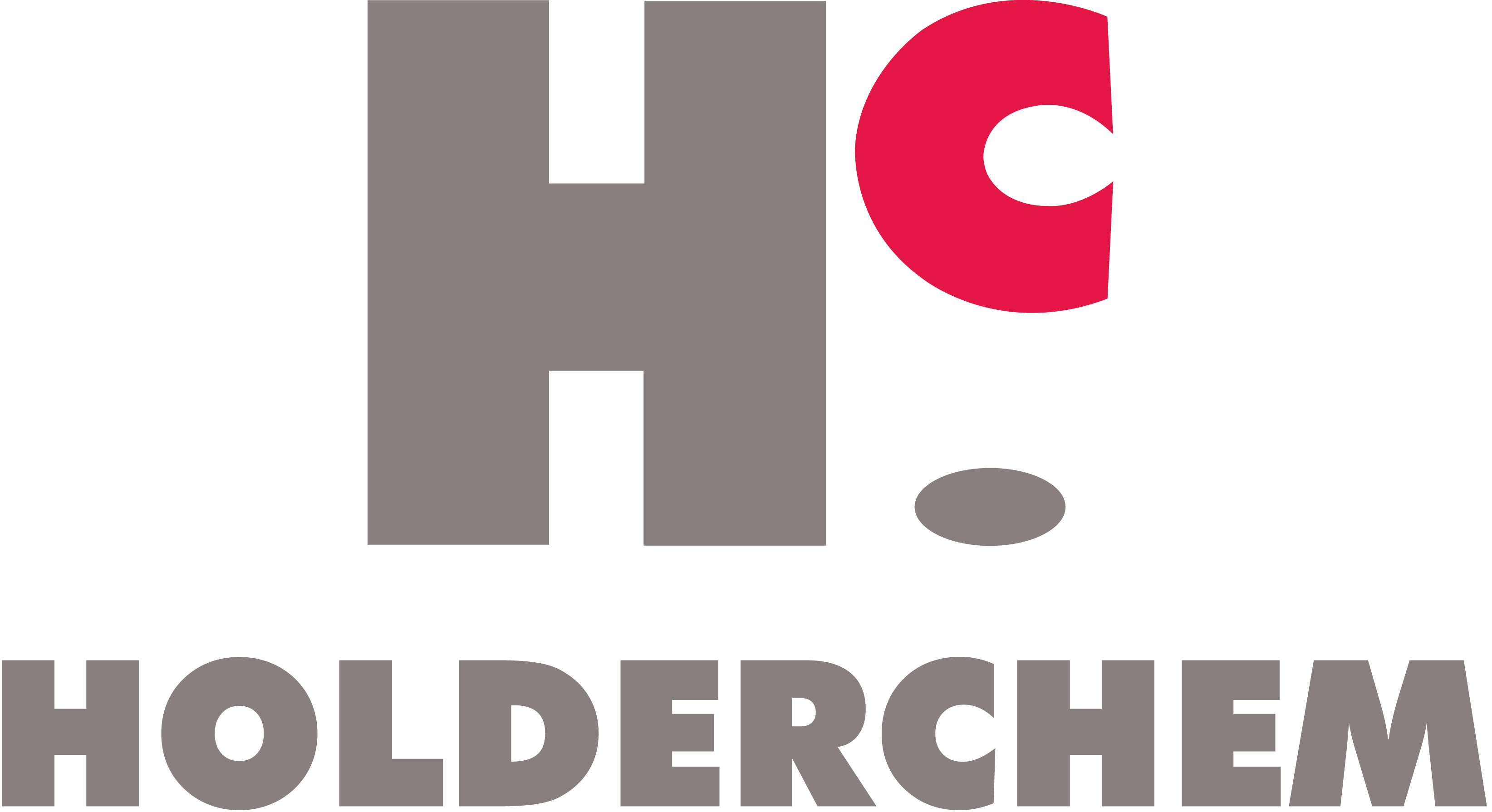
Silica Fume for High Performance Concrete
Silica fume, or silica fume, is a pozzolanic material that reacts with the free lime in concrete to form calcium-silicate hydrates (CSH). The pozzolanic reaction cannot begin before the reaction between the cement and water has started. A properly proportioned, poured, and finished silica fume concrete will be stronger and have a denser matrix than standard concrete. The concrete will show increased properties of resistance against chlorides, sulfates, acids, abrasion, frost attack, and destructive alkali-silica reactions. Alternatively, silica fume can be used to obtain a specified strength, with a reduced cement content and a lower heat of hydration, as in mass construction projects such as dams.
Silica fume consists of extremely small particles with a density of 2,200 kg/m³. The particles are typically 100 times finer than cement and can be difficult to handle and transport. By using special processes the bulk density is increased by a factor of 2 to 3. This type of silica fume is called densified silica fume and it is shipped in bulk, big bags of 1.3 to 2 m³, or in small bags.
Mix proportions
Normally, silica fume is dosed on a weight basis. The dosages given in the following table refer to the dry weight as a percentage of the cement content.
| Areas of use | Microsilica content (% by weight of cement) |
|---|---|
| Normal concrete | 4 – 7 |
| High strength concrete | 7 – 15 |
| Underwater concrete | 12 – 15 |
| Pumping aid | 2 – 3 |
Because of the fineness of silica fume, the quantity of water necessary to obtain given concrete workability will increase. Water-reducing admixtures should therefore be used, especially with higher silica fume contents. As a rule of thumb, 1 kg of water-reducing admixtures is required for every 10 kg of silica fume added in order to balance the increased water requirements.
If silica fume is used for reducing the amount of cement in concrete, a good starting point for the proportioning is to replace 3 kg cement with 1 kg silica fume. There should not be a change in the 28-day strength provided good curing practices are followed.
Mixing procedure
When using densified silica fume, it is important to add it early on in the mixing process. Dry mixing with the aggregates and cement is preferable. Never add densified silica fume to ready-mixed wet concrete.
With high silica fume dosages, the concrete may be somewhat viscous. It is not recommended to rely solely on traditional means of measuring mix quality during initial batches such as power-meters on mixers. Other means of control such as slump cone or flow table should supplement these measurements.
Fresh concrete
Microsilica concrete is easy to pump with negligible bleeding or segregation. Because of the increased mass cohesion of the concrete when using silica fume, it is recommended a higher slump of 20 to 30 mm be achieved over what would otherwise be required for standard concrete, for ease of placing, as concrete mixes with high silica fume dosages and low slump require more compaction.
Curing
All concrete must be protected against drying at an early age. This is especially important for silica fume concrete where there is little water on the surface of the fresh concrete. Excessive drying can lead to crack formation as a result of plastic shrinkage. After the concrete has set, it is important to ensure the concrete is properly cured, covering it with plastic sheeting or applying a curing compound at an early age with ample watering during curing, to achieve the best results.
Statement of Responsibility: The information and application advice contained in this document are based on the present state of scientific and practical knowledge of Holderchem SAL. It is provided with no warranty, implied or otherwise, as to its completeness or accuracy. Since methods and conditions of application and use are beyond the control of Holderchem, HOLDERCHEM MAKES NO WARRANTIES, IMPLIED OR OTHERWISE, AS TO THE MERCHANTABILITY OR FITNESS FOR ORDINARY OR PARTICULAR PURPOSES OF ITS PRODUCTS AND EXCLUDES THE SAME. Holderchem warrants that its products shall be of sound materials and workmanship. As products are applied, handled and stored in manners and site conditions over which Holderchem has no control, Holderchem's liability in respect of any material which can be proven defective shall be limited to the replacement of such defective material or reimbursement of its cost at Holderchem's option. Holderchem shall not be liable for any consequential or incidental damage or loss arising out of the use of its products. Important Note: Holderchem shall have the right to modify product specification sheets at any time without previous notice. Buyers should always refer to the most recent data sheets, copies of which can be supplied upon request. The sale of products mentioned in this literature shall be subject to Holderchem's General Conditions of Sale Delivery and Payment.
